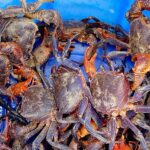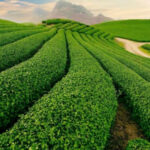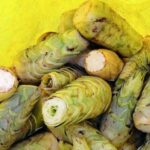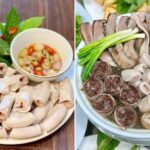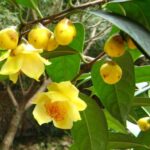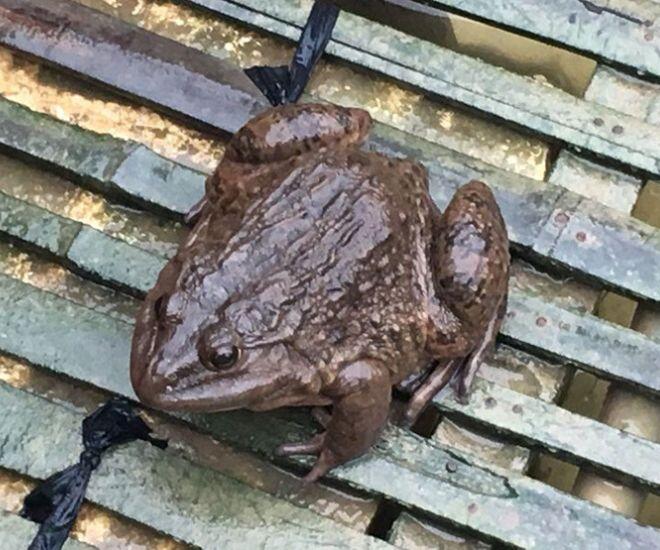
The Elusive Mountain Frog: A Culinary Delicacy in Lang Son, Vietnam
The Mountain Frog of Mau Son is a highly prized delicacy, not just for its rarity but also for its deep-rooted history in the region. According to the Red Dao ethnic group, this unique frog species has inhabited and thrived in the Mau Son mountains for millennia, becoming an integral part of the local ecosystem and culinary culture.
Lang Son is the only province in Northern Vietnam where this rare frog species can be found in the wild. The Mountain Frog’s breeding season typically occurs between May and June each year. However, the ideal time to hunt and savor this delicacy is from September to October, when they reach their peak weight and meat quality. This adds to the allure and desirability of this “millionaire frog” among connoisseurs of fine cuisine.
The Mountain Frog commands a premium price, ranging from 500,000 to 700,000 VND per kilogram, which is seven to twelve times more expensive than regular field frogs. This rarity has led locals to jokingly say that even with money, one might struggle to acquire this unique delicacy.
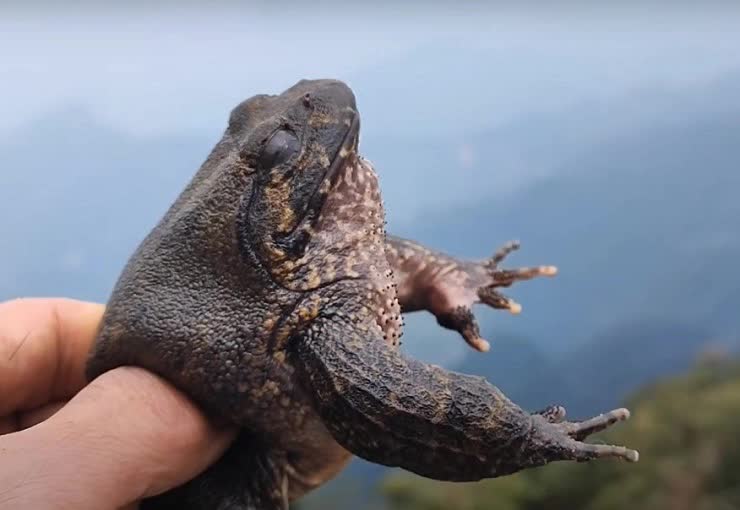
At a feast in Mau Son, a dish of crispy fried Mountain Frog can easily outshine other renowned specialties such as salmon, six-clawed chicken, or smoked meat. The Mountain Frog naturally takes center stage, asserting its status as the “king” of Mau Son cuisine.
The Mountain Frog exhibits distinct physical characteristics that set it apart from common field frogs. They boast a dark brown or black glossy appearance, with an average weight of 200-300 grams each. Notably, male Mountain Frogs possess a unique crown-like spine on their necks, which, when gently touched, prompts them to fold their front limbs. Their hind legs are substantially larger than those of field frogs, resembling those of a ri chicken, promising a delectable and meaty treat.
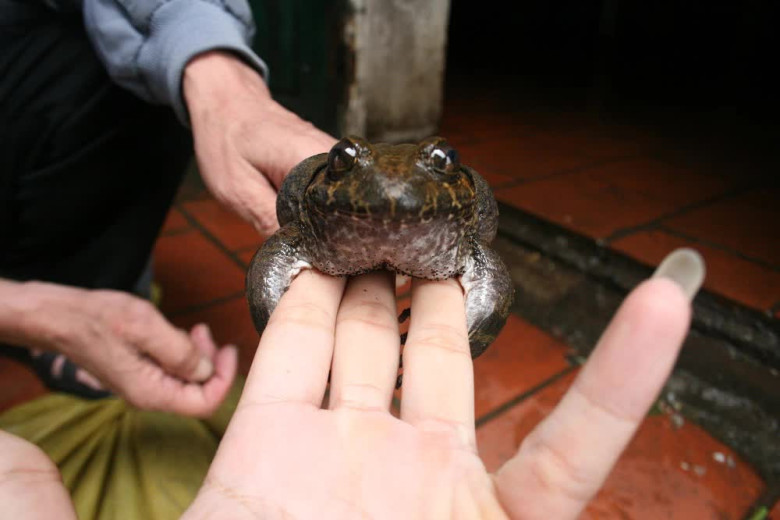
Hunting the Mountain Frog requires patience and expertise. During the day, they tend to hide in rock crevices or soil holes, and a small spade is all one needs to unearth them. However, the most effective hunting method is to venture out at night. As the frogs leave their rocky habitats in search of food, they perch on flat rocks and emit a distinctive “op op” call. When illuminated by a lamp, their eyes reflect a reddish glow. Mountain Frogs are known for their docile nature; they do not jump away when approached, making them relatively easy to capture by hand.
The meat of the Mountain Frog is not only highly nutritious but also boasts a distinctive aroma, living up to its namesake – a fragrant frog. Interestingly, the light drizzling rain enhances the flavor of dishes prepared with this frog. The Red Dao people of Mau Son have crafted a diverse range of culinary delights featuring the Mountain Frog, skillfully combining it with indigenous spices. Popular dishes include crispy fried frog, frog cooked with sour bamboo shoots, frog hot pot, frog sautéed with lemongrass and chili, and frog stewed with Chinese medicinal herbs. Among these, the sour bamboo shoot frog dish is particularly acclaimed for its distinctive flavor that captures the essence of the mountainous region.
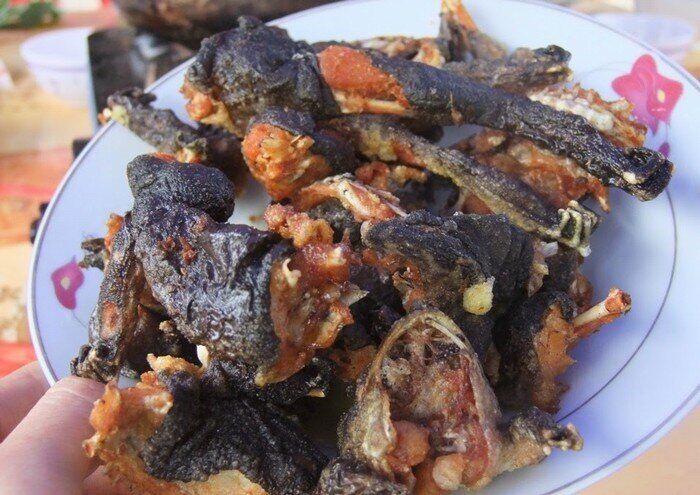
While other specialties of Mau Son, such as salmon and six-clawed chicken, can be farmed and bred to cater to tourism, the Mountain Frog remains an exception. Despite decades of efforts, significant investments, and the dedication of countless individuals, attempts to breed and cultivate this frog species have not met with success.
Currently, the conservation of the Mountain Frog primarily involves demarcating protected areas and restricting hunting during their breeding season in the Mau Son mountains. This presents a significant challenge in balancing tourism development and the preservation of this precious genetic resource. The future of the Mountain Frog in Mau Son heavily relies on rigorous research and strict conservation efforts to ensure that this “royal delicacy” remains not just a legend of the past but a continuing source of pride for Lang Son’s culinary heritage.
The Unlikely Delicacy: A Tasty Treat from the Heart of the Mekong Delta
Once considered a post-harvest waste product, the humble waterlily bulb has now become a renowned delicacy, synonymous with the unique and exquisite flavors of the Mekong Delta. This humble root vegetable has captivated the palates of discerning diners far and wide, showcasing the essence of Western Vietnam’s culinary delights.

























